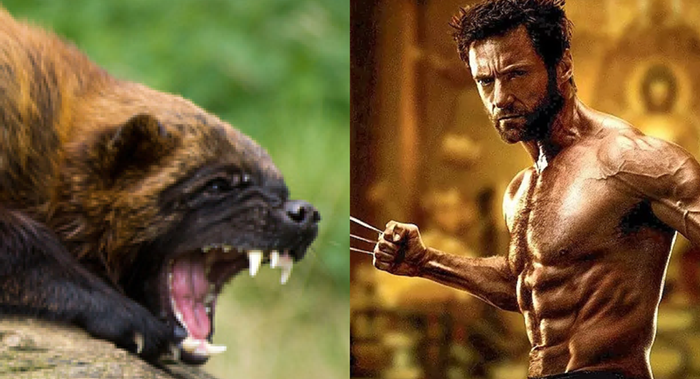TRUE OR FALSE? The federal government grows cannabis, and it wants to sell you some.
True.
But before you go asking for some OG Uncle Sam at your local dispensary, hang tight. It won't be worth your time.
Last month, the good people at the National Institute on Drug Abuse (or NIDA, if you're nasty) updated their "pot menu," a list of cannabis strains that are grown at the University of Mississippi. This weed is only available to researchers with a special permit, and there's almost no chance you're getting one.
Okay, provided you do get one of those permits—and again, good luck—prepare to lower your expectations. Lower. No... lower.
First off, you can only buy "bulk marijuana" and "marijuana cigarettes" (these are listed as "placebo cigarettes" and "non placebo cigarettes"). Placebos are $13.94 each ($14 for a cigarette? Is this prison?), non-placebos are $10.96, and sorry, dude, no eighths. Just a kilogram for $2,497. (For Americans educated publicly: That's 2.2 pounds.)
That shakes out to roughly $71 an ounce, which is pretty stellar. Until you see what's available (you can do so at merc.io/1JnNAXx).
Those pre-rollies the government twisted up just for you? The highest THC content is 6.7 percent. (This officially makes the feds the worst pot dealers in the country.) For comparison, you would be hard-pressed to find many strains in medical dispensaries below 14 percent, at the very lowest. My favorite strains are typically between 20 and 28 percent.
The unpackaged bulk options are slightly better. How slight? The dankest of the dank Uncle Sam has for you in the back room is 12.4 percent. (Worst... dealer... ever.)
But wait! Do you want cannabis with zero THC or CBD? You're in luck! Miraculously, it's still in stock. But if you're seeking to pay nearly $2,500 for 2.2 pounds of feral hemp with no use whatsoever, please call me. Deals on 10-packs.
If there's an upside to NIDA's menu items, it's that they do have some CBD strains that measure at up to nearly 16 percent. But those don't contain what most researchers believe is the key to CBD's effectiveness: a one-to-one ratio of THC to CBD. Nor are we told anything about the strain or growing methods, although photos suggest that they're from indoor starts and are finished outdoors. The photos and footage of the joints they provide show meager bud that's greatly outnumbered by shade leaf and stems.
Despite the impotency of NIDA weed, there's about to be plenty of it, as last year the feds increased the annual amount of cannabis to be produced at the University of Mississippi from 21 kilograms to 650 kilograms. (That's 46 pounds to 1,433 pounds, mathy. You're welcome.)
So don't dial DC next time you need a fat sack. In Oregon, we produce some of the finest cannabis on the planet, organically. Buy local.














